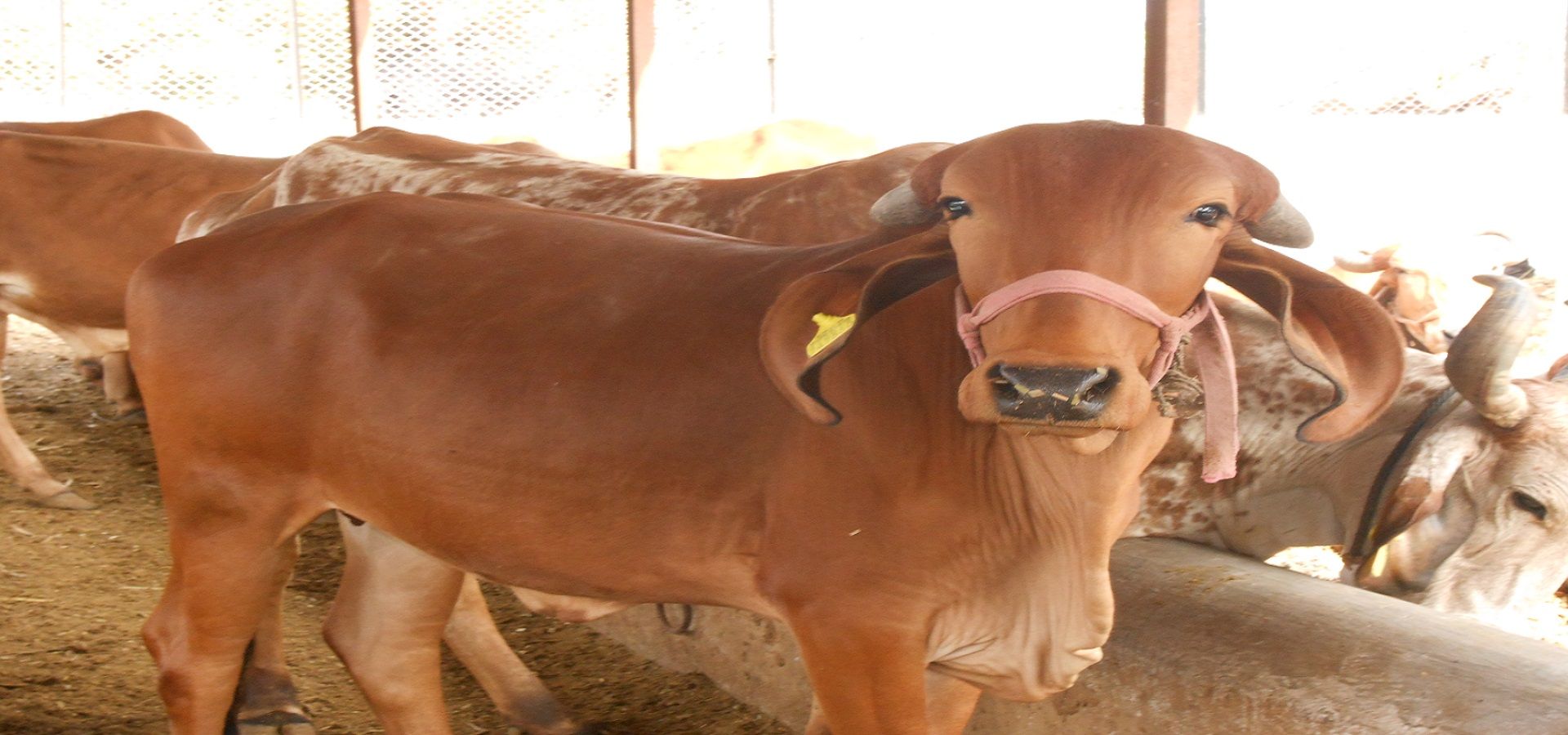



What Do A1 and A2 Mean?
Casein is the largest group of proteins in milk, making up about 80% of the total protein content.
There are several types of casein in milk, and beta-casein is the second most common. Beta-casein exists in at least 13 different forms (1).
The two most common forms of beta-casein are:
A1 beta-casein: Milk from breeds of cows that originated in northern Europe is generally high in A1 beta-casein. A1 milk comes from breeds like the Holstein, Friesian, Ayrshire and British Shorthorn.
A2 beta-casein: Milk that is high in A2 beta-casein is mainly found in breeds that originated in the Channel Islands and Southern France. This includes breeds like the Guernsey, Jersey, Charolais and Limousin (1, 2).
Regular milk contains both A1 and A2 beta-casein, but A2 milk contains only A2 beta-casein.
Research shows that A1 protein milk causes many digestive issues. Moreover, A2 milk is high in Omega 3 & 6, Vitamins, Calcium, Minerals, Iodine, Magnesium, antioxidant Beta-Carotene and many more. Gir is an Indian or Desi breed of cow which yields A2 milk.Some studies indicate that A1 beta-casein may be harmful, and that A2 beta-casein is a safer choice. This is the reason for the "A1 vs A2" debate.
Indian desi gir cow produces A2 milk which contains A2 beta Casein.
Heigh level of omega 3 that cleans the cholesterol deposits of bloodvessel.
Cerebrosides presents in A2 milk increases the brain power.
Jercy cow produces A1 milk which contains A1 beta casein.
All ordinary milk has mixture of A1 and A2 proteins
Ordinary milk is harmful to human body.